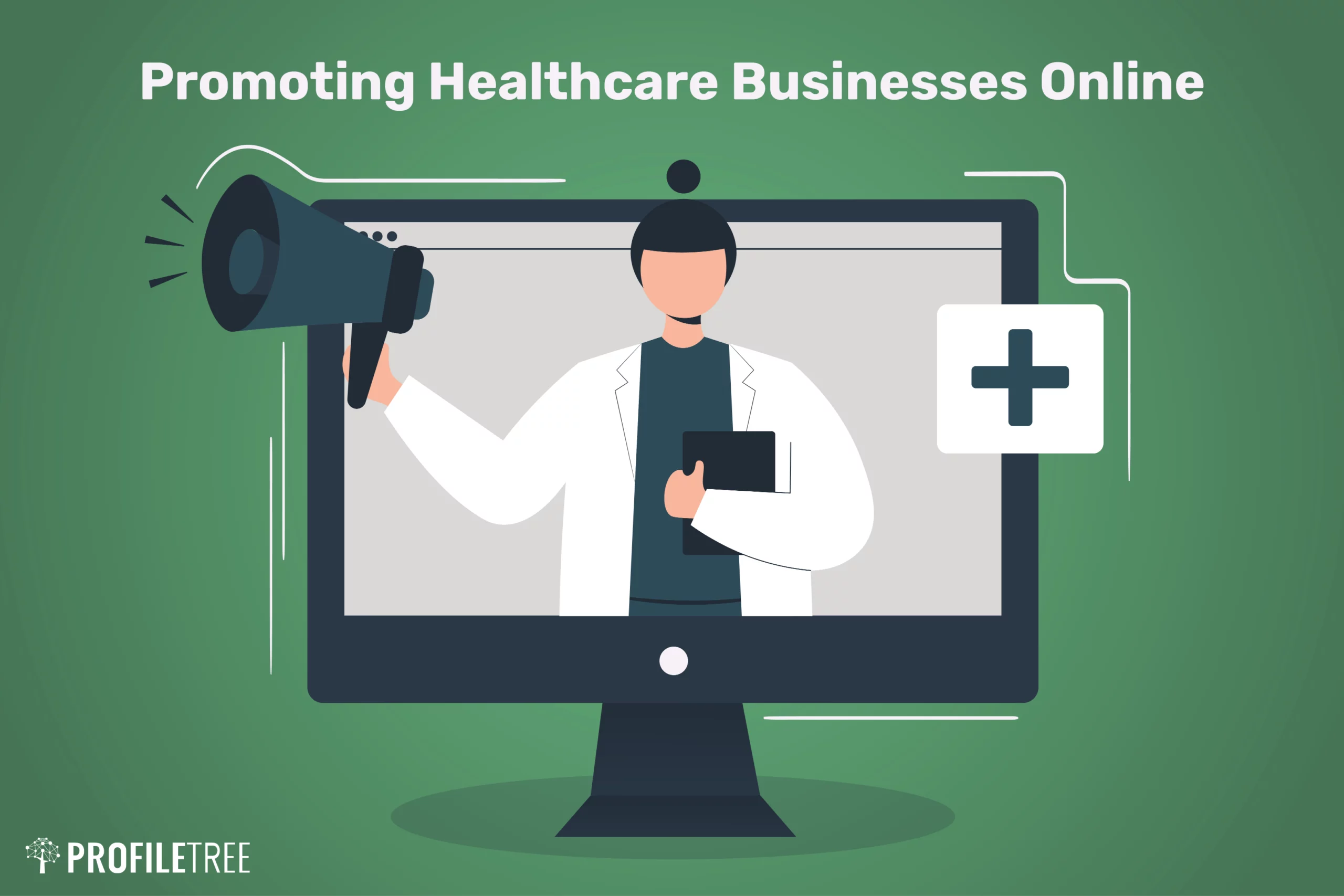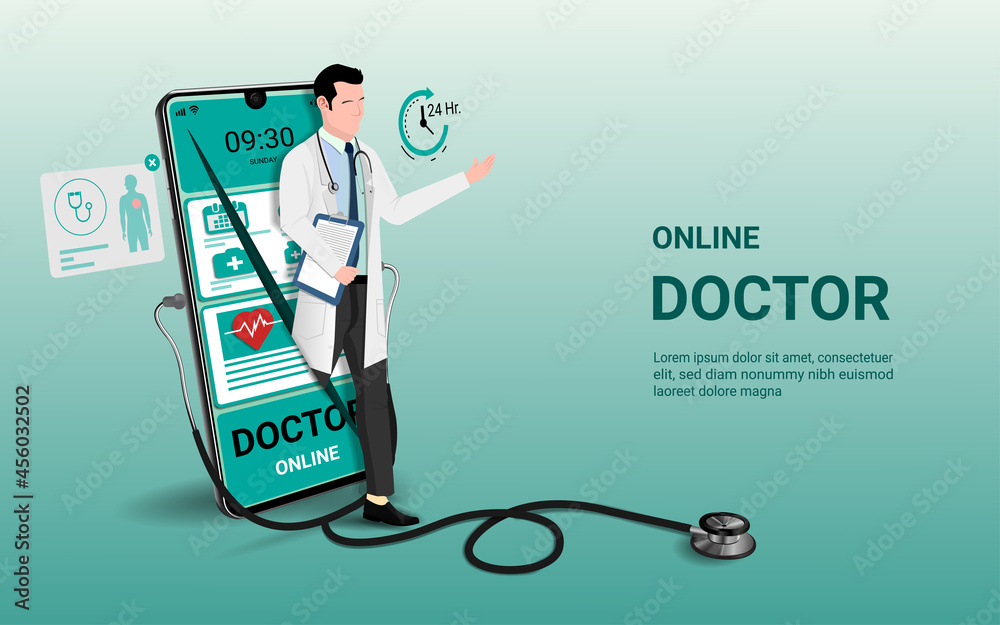How Subscription-Based Medical Care Is Transforming the Clinical Industry

The Rise of Subscription Healthcare
In the last few years, the medical care sector has actually observed a substantial shift in the direction of subscription-based designs, showing wider customer patterns favoring benefit and predictability. This improvement is driven by the boosting demand for more customized and easily accessible care services. Subscription healthcare, sometimes described as attendant medication or direct medical care, supplies individuals a fixed regular monthly fee for a series of medical services, considerably altering typical fee-for-service versions.
The increase of subscription medical care is promoted by improvements in innovation, which enable structured communication between people and carriers - subscription based healthcare. Digital platforms and telehealth solutions have come to be important, providing people the capability to schedule consultations, gain access to clinical records, and obtain examinations online. This technological combination not only boosts patient involvement however additionally permits companies to provide much more effective care
In addition, the membership version lines up with the advancing expectations of people who look for even more control over their health care expenditures and experiences. By eliminating the changability of co-pays and insurance policy claims, subscription-based health care offers a straightforward and clear strategy. While this model is getting grip, its proliferation deals with obstacles such as governing hurdles and the requirement for more comprehensive acceptance within the conventional medical care ecological community. Nonetheless, its growing visibility notes a turning point in the development of health care distribution.
Benefits for Suppliers and patients
Subscription-based health care supplies a multitude of benefits for both companies and individuals, reshaping the characteristics of medical treatment. For people, this model provides boosted accessibility to medical care solutions.
For medical care service providers, subscription-based models promote an even more gratifying and sustainable practice. Administrative jobs are frequently streamlined, minimizing overhead expenses and enabling companies to devote even more time to patient interaction. Overall, subscription-based healthcare straightens the rewards of carriers and individuals, promoting a much more patient-centered and reliable healthcare delivery system.
Key Functions of the Model
Frequently, the crucial attributes of the subscription-based medical care design emphasize its unique method to providing clinical services. Central to this version is the concept of predictable, month-to-month settlements, offering individuals a comprehensive series of services without the changability of typical fee-for-service frameworks. This model typically includes unrestricted accessibility to health care services, preventative treatment, and regular exams, ensuring that people can engage with their doctor proactively as opposed to reactively.
Furthermore, direct communication networks, such as telemedicine and messaging systems, are highlighted, enabling individuals to get timely guidance and examinations without requiring in-person visits. This boosts accessibility and convenience, especially for people with flexibility restrictions or those living in remote locations. The model also promotes more powerful doctor-patient connections, as doctor are incentivized to concentrate on long-lasting wellness end results instead of short-term visits.
Additionally, subscription-based health care typically incorporates technological innovations, such as electronic health and wellness documents and health surveillance applications, to give reliable and individualized treatment. Individuals take advantage of worked with and continuous treatment management, which is customized to their certain wellness needs. Ultimately, these features jointly produce a patient-centered health care experience, focusing on ease of access, price openness, and precautionary care.

Obstacles and Factors To Consider
While the subscription-based healthcare model supplies numerous advantages, it is not without its factors to consider and obstacles. Registration versions might unintentionally favor those with higher socioeconomic condition, possibly expanding disparities in healthcare access for lower-income people that may struggle with monthly costs.
Another challenge depends on governing compliance. Subscription-based health care should browse a complicated internet of laws that vary by region, consisting of issues around individual privacy, data protection, and state licensing needs. Making sure compliance without hampering the model's special info flexibility and technology can be discouraging for companies.
In addition, there is the danger of overutilization or underutilization of services. Individuals paying a fixed fee might overuse solutions, resulting in enhanced functional prices, while others might underutilize due to fear of burdening the system, potentially neglecting required treatment.
Future Potential Customers and Innovations
The landscape of subscription-based medical care is positioned for transformation via emerging technologies my explanation and evolving prospects. As technology continues to breakthrough, the combination of synthetic knowledge and artificial intelligence offers considerable possibilities to enhance diagnostic accuracy and simplify client management. Predictive analytics can change preventative care by identifying prospective wellness threats before they show up, consequently decreasing both expenses and the worry on healthcare systems.
Furthermore, telemedicine is set to increase within registration designs, offering individuals increased accessibility to health care specialists no matter of geographical restrictions. This not only facilitates continuity of care however additionally empowers individuals to engage even more proactively in their health management. Additionally, blockchain modern technology uses prospective in securing patient data and making sure interoperability across systems, fostering trust fund and openness.
The advancement of personalized medicine is one more frontier, with subscription designs offering click over here now a special structure for providing tailored health and wellness solutions. Genetic screening and personalized therapy strategies can be seamlessly incorporated, aligning client needs with details medical interventions. Additionally, collaborations between technology firms and medical care companies are most likely to produce cutting-edge solutions, improving client experiences and outcomes. As these prospects materialize, subscription-based health care has the potential to redefine just how care is delivered and accessed.
Final Thought
Subscription-based health care is changing the clinical sector by using a more easily accessible, foreseeable, and patient-centered approach to clinical solutions. Despite challenges such as governing hurdles and possible variations in accessibility, the membership model holds guarantee for an extra reliable and tailored healthcare experience.
Membership health care, in some cases referred to as attendant medicine or direct primary care, uses clients a fixed regular monthly cost for an array of medical services, substantially altering typical fee-for-service versions.
Moreover, the subscription model straightens with the developing expectations of patients that look for even more control over their health care costs and experiences. For patients, this version supplies improved accessibility to healthcare solutions. Generally, subscription-based health care lines up the incentives of people and carriers, advertising a much more patient-centered and effective health care distribution system.
In addition, telemedicine is established to broaden within membership versions, offering individuals raised accessibility to healthcare professionals no matter of geographical restraints. - subscription based healthcare